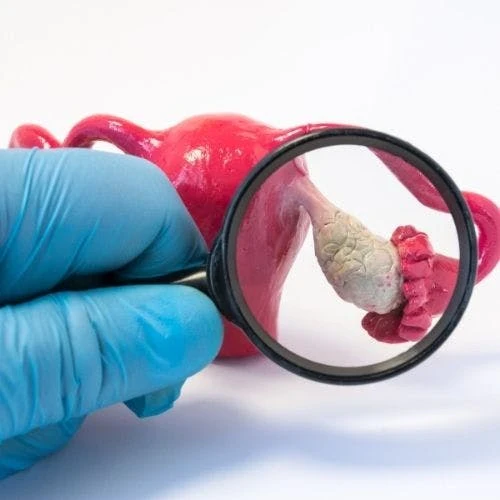Tampon Toxic Shock Syndrome
In the debate of pads vs tampons, many people choose pads because they are worried about toxic shock syndrome. Toxic shock syndrome, sometimes abbreviated as TSS, can happen with tampon use. However, in order to avoid being at risk for TSS, it is important to know how often to change a tampon.
Proper tampon insertion and removal is important. A tampon should be changed every 4 to 8 hours or sooner than this if it is becoming soaked with blood. If you plan to sleep with tampons in, then you should not go longer than 4 to 8 hours without changing your tampon. Additionally, using super-absorbent tampons is more associated with TSS, so choose tampons that have regular absorbency.
What Toxic Shock Syndrome Does To Your Body
Toxic Shock Syndrome is caused by bacteria. It was more common in the 1980s when people used super-absorbent tampons. The incidence of TSS has declined over the last 30 years as there is more awareness about it. While Toxic Shock Syndrome has been associated with tampon usage, it can happen to other people.
The name Toxic Shock refers to bacteria circulating in the body producing toxins. The bacteria needs a point of entry to your body and with tampons, it is from the tampon and in other people it could be from an open wound. While TSS is rare, it can be life-threatening. The bacteria most associated with Toxic Shock Syndrome are Staphylococcus aureus and Streptococcus pyogenes.
Signs Of TSS (Toxic Shock Syndrome)
It is important to know the signs of TSS or Toxic Shock Syndrome. Signs of TSS include symptoms of fever, headache, fatigue, exhaustion, body aches, sore throat cough, diarrhea, dizziness, fainting, difficulty breathing, and even confusion. In addition to some of the flu like symptoms described, some patients can also get a rash on their body that looks like a sunburn. The white part of your eyes can turn red as well. If you think you are experiencing any of these symptoms, seek medical care immediately.
Are Pads Or Tampons Better?
If you have a history of Toxic Shock Syndrome, then you should avoid using tampons in the future. This is because reinfection can occur. If you have not had TSS in the past, then remember correct tampon usage. This means keeping your tampons in a clean dry place before use, and changing them regularly even if they are not fully soaked.
If your tampon is painful, take it out. Tampons should not be painful to use. Many people use a mix of both pads and tampons. This can help optimize for comfort and safety. Consider using pads overnight and tampons during the day.
Related: Pads Vs Tampon: Is One Better?
Tampon Toxic Shock Syndrome: Take Home Points
TSS from tampons is not as common as it use to be in the 1980s. This is because there is more awareness about correct tampon usage, and the use of super absorbent tampons has gone over time. If you think you are experiencing signs of TSS, you should seek emergent medical care. If you have a history of Toxic Shock Syndrome, there is a risk of reinfection and so in this situation, you may consider using pads over tampons. If you have not ever had TSS, then remember to use tampons correctly. Do not leave them in for extended periods of time.
Sources:
Hansen NS, Leth S, Nielsen LT. [Toxic shock syndrome]. Ugeskr Laeger. 2020 May 11;182(20):V11190673. Danish. PMID: 32400378.
https://pubmed.ncbi.nlm.nih.gov/32400378/
Smith RJ, Schlievert PM, Himelright IM, Baddour LM. Dual infections with Staphylococcus aureus and Streptococcus pyogenes causing toxic shock syndrome. Possible synergistic effects of toxic shock syndrome toxin 1 and streptococcal pyrogenic exotoxin C. Diagn Microbiol Infect Dis. 1994 Aug;19(4):245-7. doi: 10.1016/0732-8893(94)90038-8. PMID: 7851088.
https://pubmed.ncbi.nlm.nih.gov/7851088/
https://www.femhealthproject.com/article/pads-vs-tampon
https://www.acog.org/womens-health/faqs/your-first-period
We discuss products we think are useful to people. If you buy something through our links, we may earn a commission. Remember to check with your personal physician to see if a product recommended is right for you.








